“Lake of Bañolas” Juan de Palau, Impressionism, s. XX - Catalan School
Splendid oil on canvas by the painter of Catalan origin Juan de Palau. with an absolutely impressionistic invoice, Lake Banyoles is represented, a city especially dear to the author, an outdoor environment in which colors and light are used to capture the scene with great vitality. The angled perspective adds verisimilitude to the composition, with the walkway or pier that extends over the water and on which a small group of people walk. These leisure themes were common in Impressionism as an excuse to display a natural environment in which to show and capture the changing light.
In the center of the painting appears a white sailboat sailing, whose shape stands out due to the light tones of its sail, contrasting with the greens and blues of the water and the surrounding landscape. This boat adds a slight sense of dynamism to the scene.
The painter uses quick, thick brushstrokes, especially in areas of vegetation and water, to capture how light hits each element, creating a spectacular play of (colored) light and shadow in which nothing is a matter of chance. The leaves of the trees and water are represented with loose and vibrant splashes of color, conveying the sensation of movement, and how natural light filters through the branches. It is worth highlighting the reflection of the walkway and the vegetation on the calm waters of the lake as a demonstration of the painter's mastery.
Impressionism, born in France in the last third of the 19th century, was an artistic movement defined essentially through painting. It was mainly characterized because its maximum aspiration was to capture the light of a specific moment in the works, for which it used a disintegrated, material and very fast brushstroke. Thanks to technical and scientific advances, which allowed the creation of new pigments, the use of pure colors also expanded. with them, a purity and saturation of colors that was unthinkable until now was achieved. Complementary colors also became fundamental, along with the type of brushstroke and the total absence of drawing. For this same reason, shadows went from including black in their composition to being called “colored shadows”, mixing complementary colors to darken them without the need for black. This also helped create a greater sense of depth. This work exemplifies many of the characteristics of the style and the result brings calm to the viewer contemplating the scene.
Joan de Palau i Buxó (1919 – 1991)
He was born in Girona in 1919. He moved to Madrid to study architecture, studies that he did not finish due to lack of vocation. He soon became interested in art and met Santiago Rusiñol, who would help him shape his true vocation. Furthermore, he frequently visits the painting rooms of the Prado Museum where he is especially interested in the great Spanish and Dutch masters.
In 1936, before the outbreak of the Spanish Civil War, he returned to Catalonia and joined the army of the Republic. Once the war is over, he will earn a living drawing movie posters at the Majestic cinema in Granollers and making theater sets for the variety company “Los Viennese”. Years later, in 1946, he settled permanently in Banyoles (Bañolas), where he had previously spent the summer with his family, and that is where he met his wife. It is then that he fully integrates into the artistic and cultural fabric of the city, becoming the definitive setting for developing his painting.
The artist dedicates himself completely to painting and drawing using techniques such as pencil, gouache, watercolors and oils, among other techniques. In 1940 he won the gold medal in a painting competition in the city of Barcelona, with a portrait of his mother. And the following year, again with a portrait of his mother, he won first prize in the Ciudad de Granollers competition. In 1949 he obtained the Badalona Medal with a watercolor on the subject of Bath. In 1950 he began commercial relations with painting dealers established in Barcelona, who exported his works to South America, mainly Venezuela and Puerto Rico. Indicative of the great capacity to create pictorial works of great artistic quality that led him to have paintings distributed throughout the world.
In the work of Joan de Palau we find compositions that are always proportioned, realistic and with pictorial detail. He almost always painted from memory, but he could constantly be found walking by the pond or the city observing the landscape that surrounded him and doing an exercise as a still photo that, later, in the tranquility of the studio, he transferred to the canvas with precision.
The Joan de Palau Workshop currently continues its activity, practically as it was started by the painter and now managed by his children.
Technique on support: Oil on canvas
Title of the work: “Lake of Bañolas”
Author: Juan de Palau (1919 – 1991)
Signed in the lower left corner
Period: 20th century
Country of origin: Catalonia, Spain
Origin: Catalan private collection
Good condition according to its age and use
Overall dimensions: 115 x 148 x 6 cm.
Dimensions without frame: 95 x 128 cm.
The frame that protects the work is offered as a gift, but has value in itself. It is provided at no additional cost so that when your artwork arrives at your home or destination it can be displayed immediately. Any damage to the frame itself, which does not affect the integrity of the artwork, cannot be accepted as a valid reason to open a claim or request a cancellation.
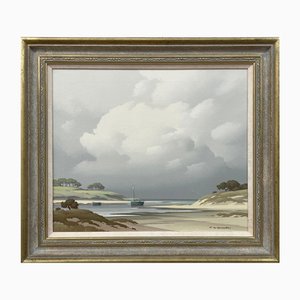


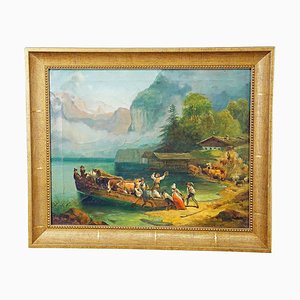


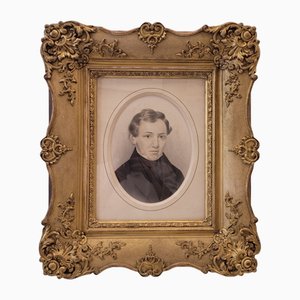

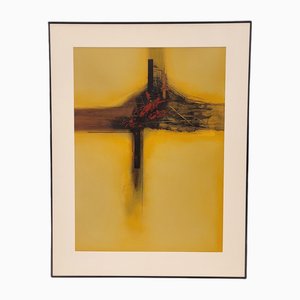
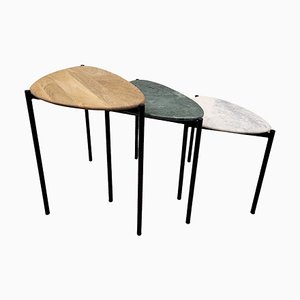


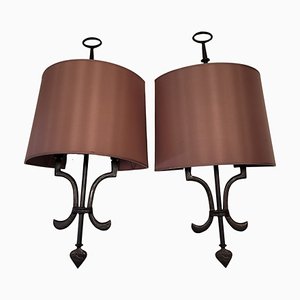
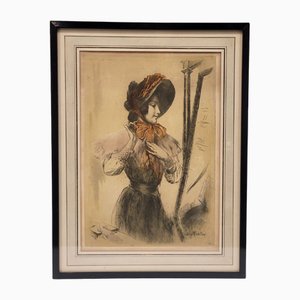
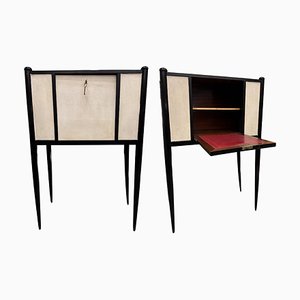
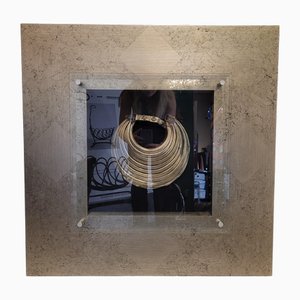
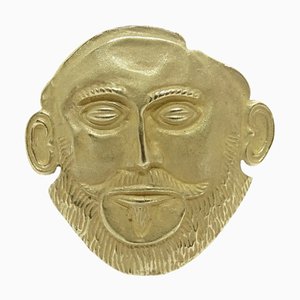

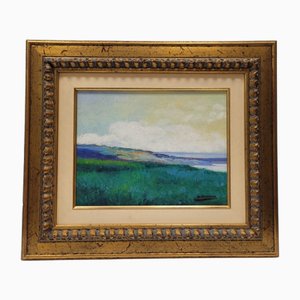
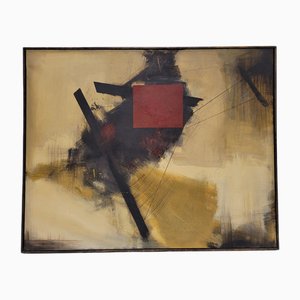


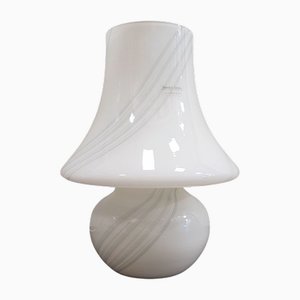

Get in Touch
Make An Offer
We noticed you are new to Pamono!
Please accept the Terms & Conditions and Privacy Policy
Get in Touch
Make An Offer
Almost There!
To follow your conversation on the platform, please complete the registration. To proceed with your offer on the platform, please complete the registration.Successful
Thanks for your inquiry, someone from our team will be in touch shortly
If you are a Design Professional, please apply here to get the benefits of the Pamono Trade Program